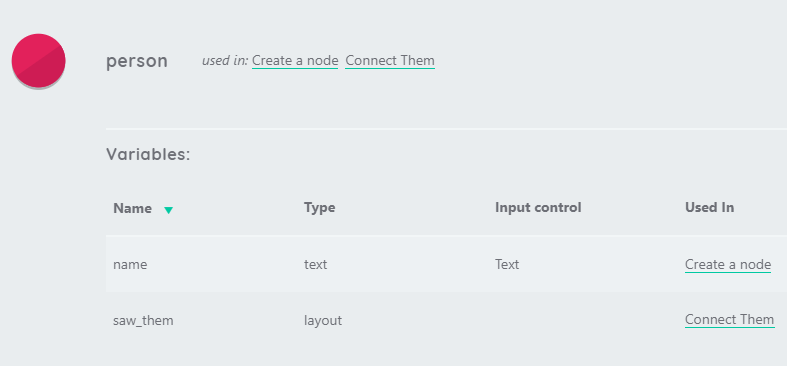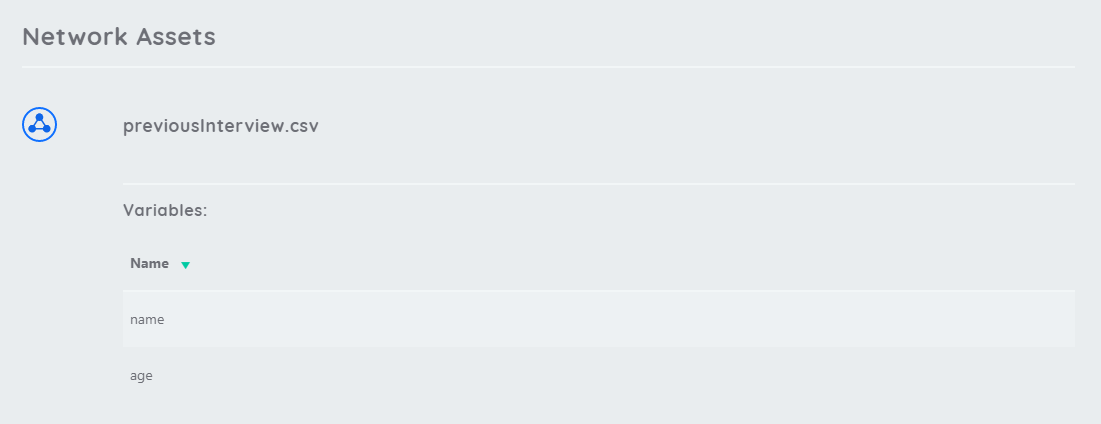desktop 🠖 key concepts
Codebook
Details
The protocol's codebook provides an overview of all entities and variables defined in your protocol. This centralized view helps you ensure consistency across stages and makes it easier to plan your data analysis before deploying your interview.
Architect automatically constructs the codebook as you create variables in your protocol. To access the codebook in Architect, click the Manage codebook button at the top of a protocol file.

Entity types
The codebook organizes entities by entity type -- ego, node, and edge, and organizes variables by entity. You can edit node and edge types from the codebook using the Edit Entity button. Each node and edge type lists the stages where they are used, and you can navigate to those stages by clicking on one of the "used in" stage names.

Variables
Each variable lists the name, type, input control, and where it is used. You can navigate to any of the stages a variable is used in by clicking on one of the "used in" stage names just like the entity types.

If a variable is defined but later becomes obsolete, you can see this as an unused variable within the codebook, marked not in use. Only variables that are unused can be deleted from the codebook. Entity types can also only be deleted if they are unused in the protocol.

Network assets
Codebooks also contain a summary of network assets when external network data has been included in a protocol. The heading row of network data will be used as the variable names, and the codebook lists these variable names as a summary for each external network asset.

Related concepts
- Variables - Understanding variable types and configuration
- Input Controls - Choose appropriate controls for your variables
- Resources - Import external data files including network rosters
- Forms - Create forms using variables from your codebook
- Interfaces - Learn about Interfaces that use variables from the codebook